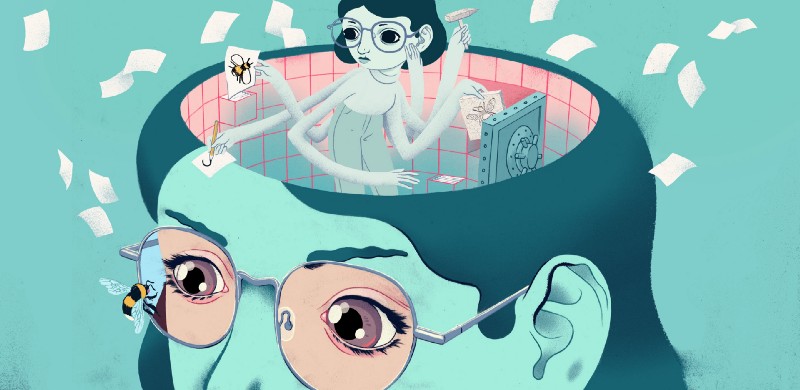
Blockchain and Human Episodic Memory
Apr 06 2019
We recently submitted a research paper with the following abstract:
“We relate the concepts used in decentralized ledger technology to studies of episodic memory in the mammalian brain. Specifically, we introduce the standard concepts of linked list, hash functions, and sharding, from computer science. We argue that these concepts may be more relevant to studies of the neural mechanisms of memory than has been previously appreciated. In turn, we also highlight that certain phenomena studied in the brain, namely metacognition, reality monitoring, and how perceptual conscious experiences come about, may inspire development in blockchain technology too, specifically regarding probabilistic consensus protocols.”
Science and technology have often prospered through the cross-pollination of ideas across various scientific streams. The current AI revolution — driven by the rise of deep learning (artificial neural networks) may be said to have been modeled on similar networks present in the human brain.

Meanwhile blockchain also promises to fundamentally transform how information is stored and shared on the Internet. In the paper, we surmise that certain concepts related to blockchain can be applied to studies of the human brain, specifically about how we store consciously experienced information from an autobiographical viewpoint through a mechanism known as episodic memory.
To understand what that means, look at our daily experiences — they often contain unchanging spatial and environmental cues, separated only by time. If you consistently park a car in the same parking structure, some mechanism must exist to differentiate the current location of the car from its previous locations. Thus, our memory abilities not only necessitate a large storage capacity, but a means of storing, indexing, and reading a memory that incorporates collision resistance (a concept we borrow from hashing) across incoming and past memories.
One speculative advantage of using hashed functions in conjunction with a linked list is that it incorporates a means of checking for corruption or damage. Let’s assume that a memory block contains the memory representation plus the hash of another block in a memory sequence. This, in turn, is repeated in prior blocks all the way to the first block within the memory linked list.
Pattern separation which is a process by which overlapping or similar inputs (representations) are transformed into less similar outputs. Pattern separation must then occur over the combination of memory representation and hash when adding new blocks.
We also suggest that borrowing concepts from neuroscience could also be useful for developments of the blockchain technology — namely metacognition, reality monitoring, and how perceptual conscious experiences come about. These topics may inspire development in blockchain technology too, specifically regarding probabilistic consensus protocols.
These are some of the research concepts we are exploring at Harmony. Our team will be publishing a more detailed paper on this topic soon.
Follow the development progress of Harmony.one:
About our colleague:
Hakwan Lau

Hakwan Lau is a full professor at University of California, Los Angeles. He specializes in neuroscience and machine learning. Hakwan studied at University of Oxford on the prestigious Rhodes Scholarship, served as associate professor at Columbia University, and has published over 90 peer-reviewed papers.
Hakwan’s latest paper in Science, “What is consciousness, and could machines have it?” was widely-circulated within the research community. With Harmony, he is exploring the connection between probabilistic consensus protocols and brain communication. Hakwan is also studying privacy-preserving modeling of health data on blockchain.
